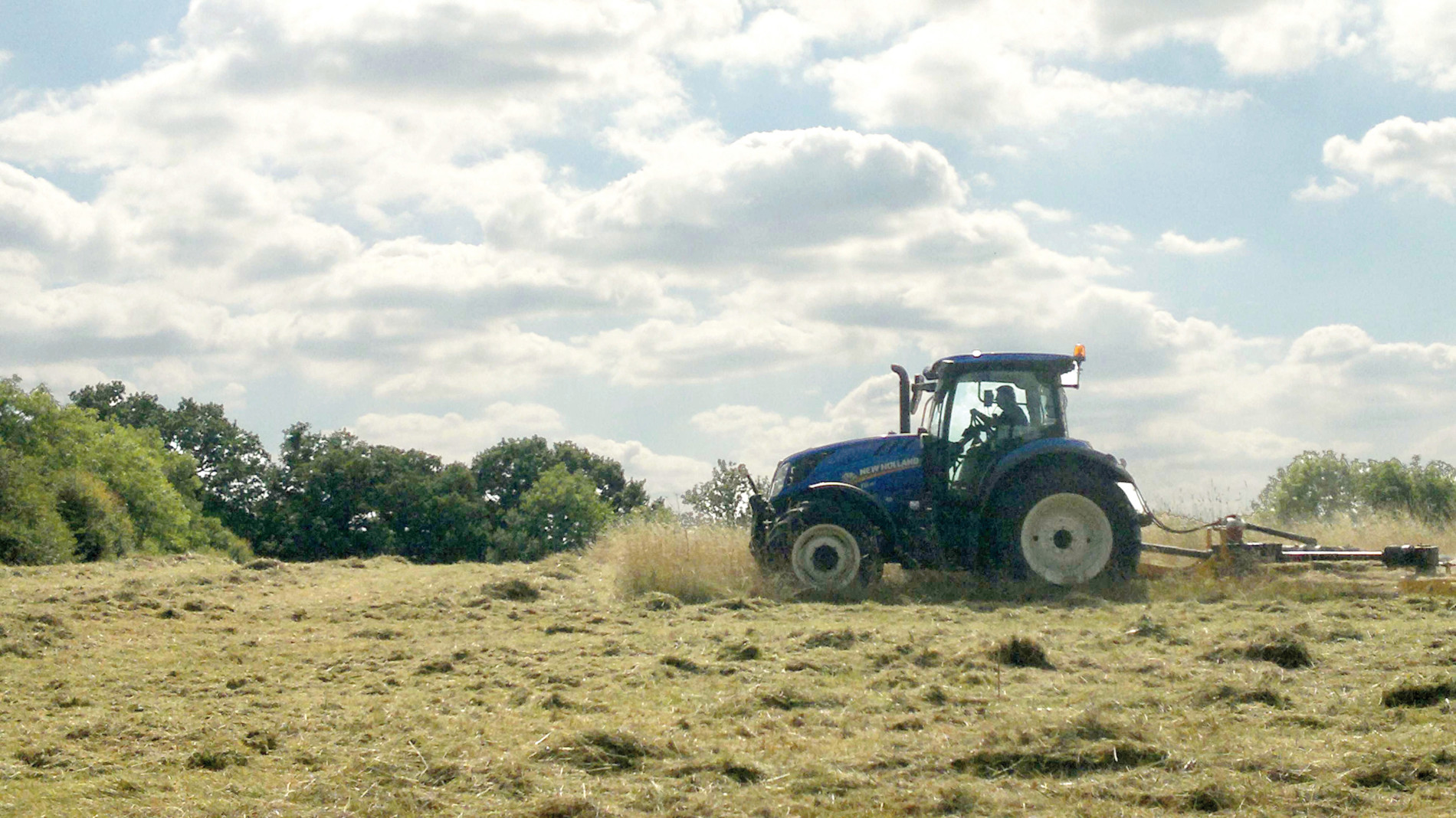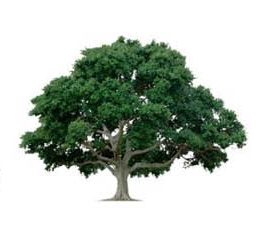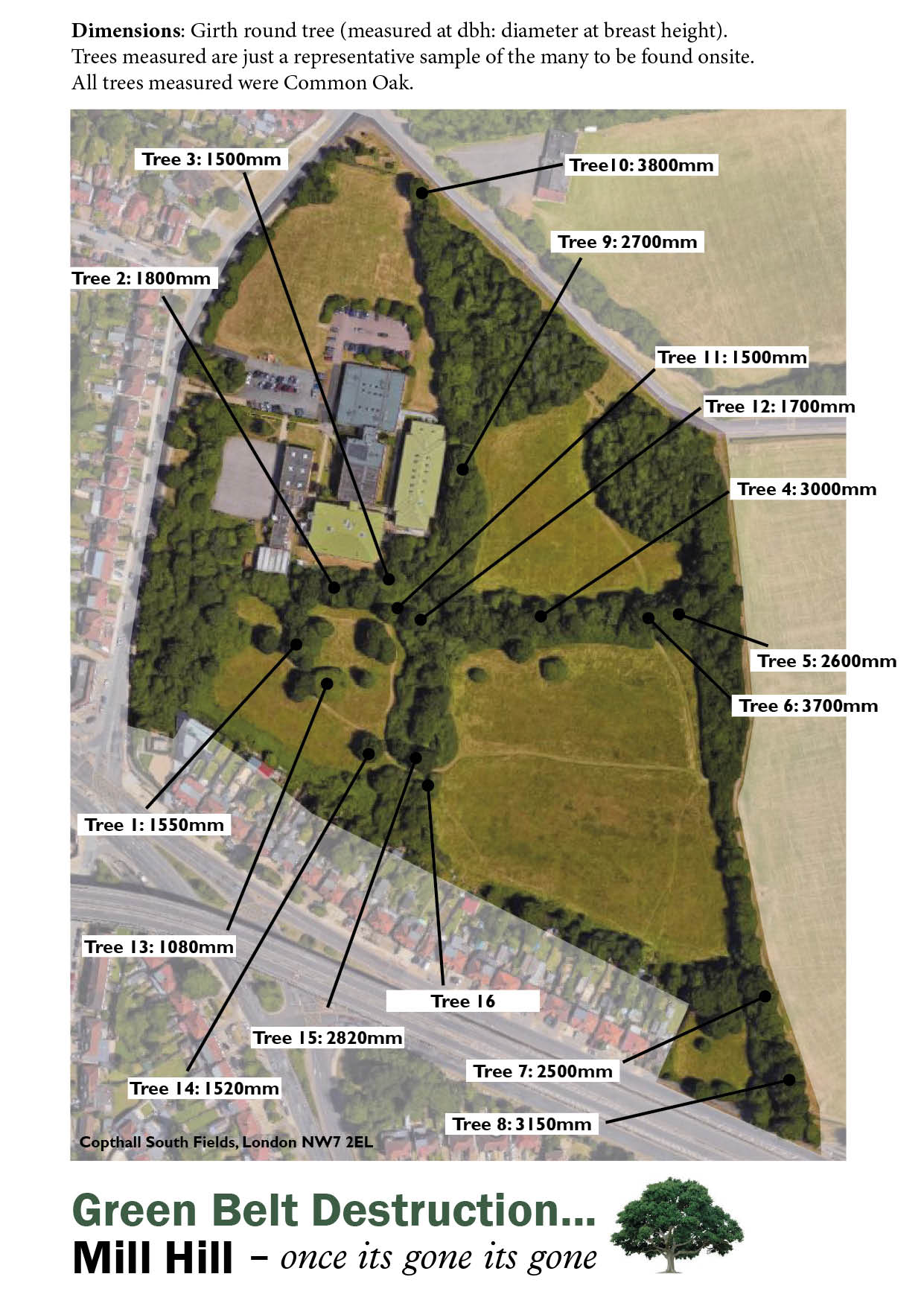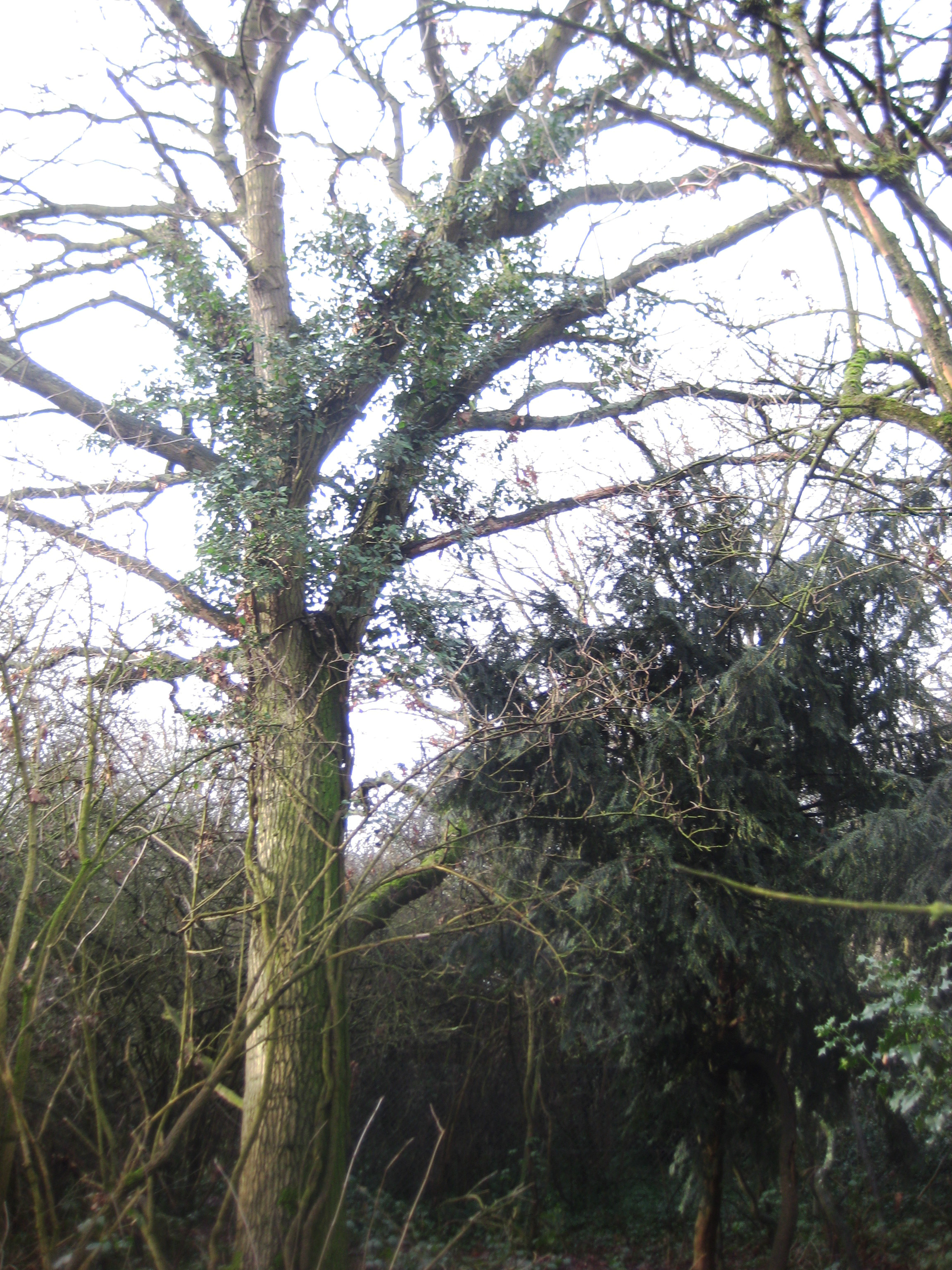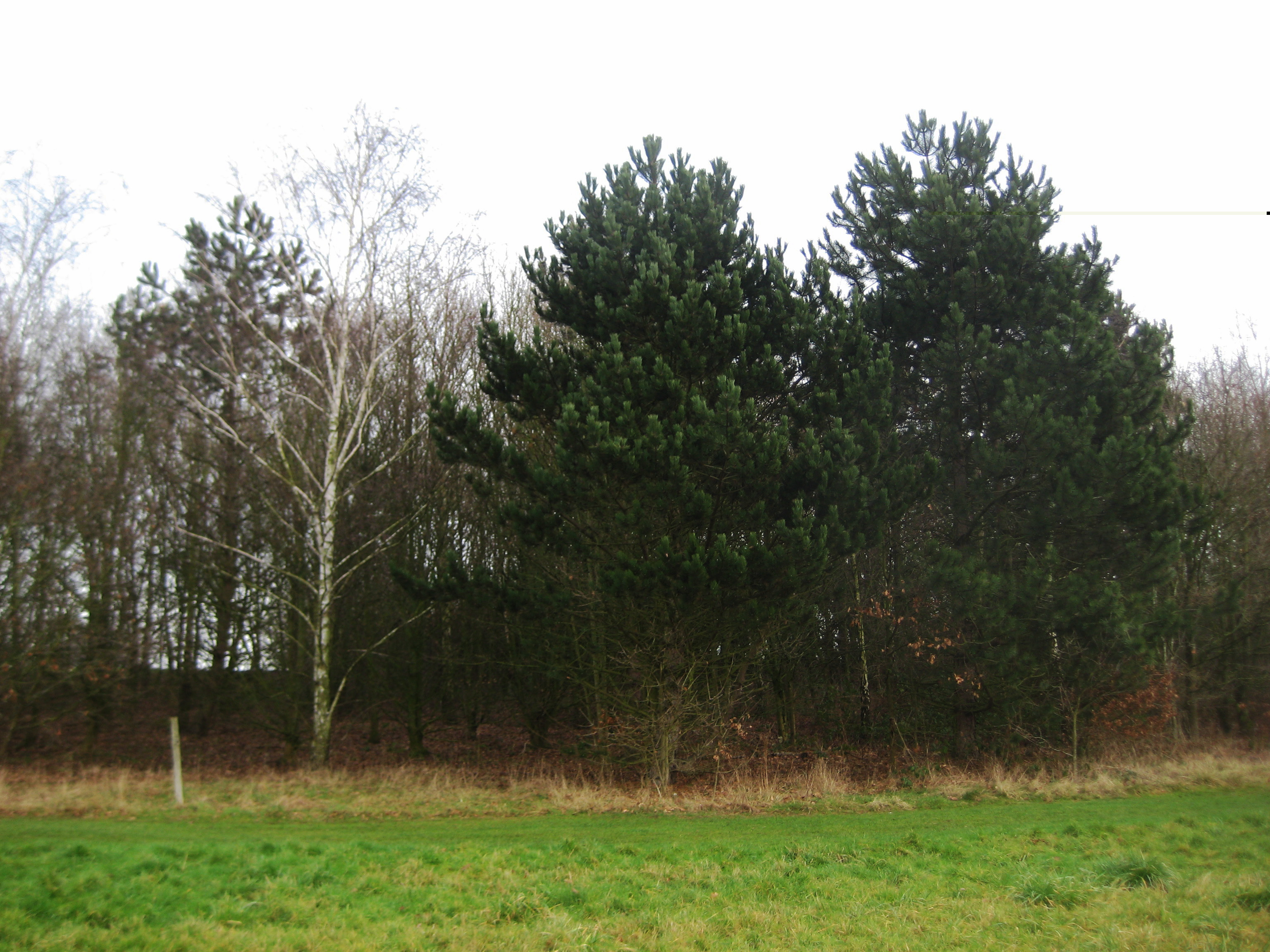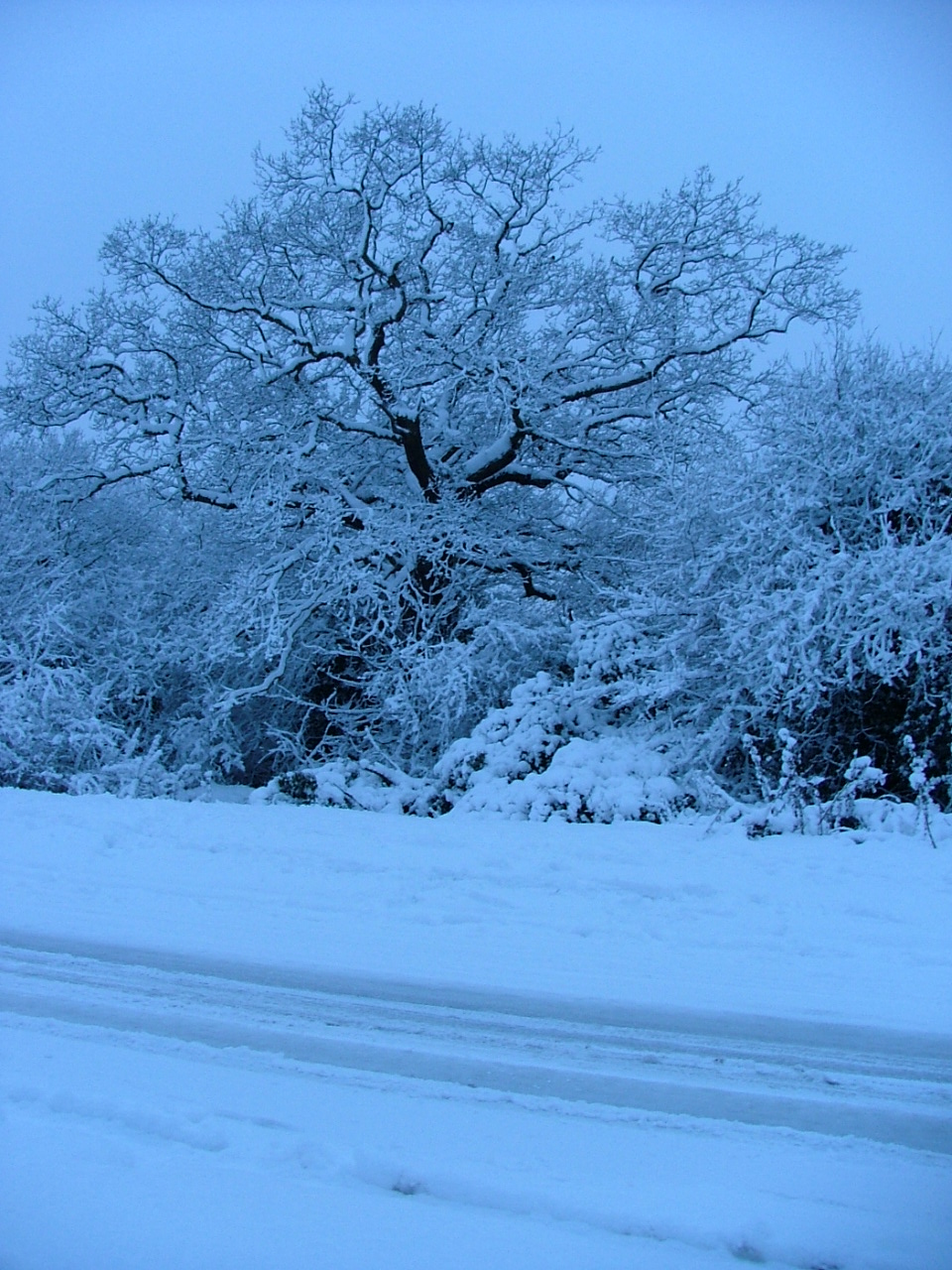GiGL – Greenspace Information for Greater London CIC (GiGL) is the capital’s environmental records centre
Copthall South Fields
https://www.gigl.org.uk/sinc/bal23/
‘Despite its location by the A1 main road, this site has a surprisingly rural quality. This stems partly from its old hedgerows dating from the area’s agricultural past’
‘ In the northern field, a small plot of native woodland has been planted by Watling Chase Community Forest.’
In the ancient hedgerows of the site sit majestic oaks, many threatened with the chain saw. Some as old as 200 years with a diameter of nearly 4 metres.
Some are threatened with the chain saw – others will be marooned on desolate islands surrounded by concrete and tarmac, curb stones and flood lighting.
Oak of this age are just reaching a very valuable state regarding wildlife habitat and national importance as “veteran” trees and so should be protected.
We quote the NPPF (National Planning Policy Framework):
Clause 118 states:
local planning authorities should aim to conserve and enhance biodiversity by applying the following principals that:
– planning permission should be refused for development resulting in the loss deterioration of irreplaceable habitats, including ancient woodland and the loss of aged or veteran trees found outside ancient woodland, unless the need for, and benefits of, the development in that location clearly outweigh the loss.
The photos are just a sample of the many trees found on-site.
With girth measurements taken we calculated the age of the larger tree using this formula, sourced from the Forestry Commission.
Tree growth/ring growth is fairly consistent, so you can work back to get the approximate age of the other trees on the site once you have the girth/diameter measurements.
All trees now subject to Tree Preservation order as of 01/02/2017: 17/TPO/003
Are these our ancient and veteran trees: Ordinance Survey Map survey date: 1864-1865
Original map: https://maps.nls.uk/view/102345949
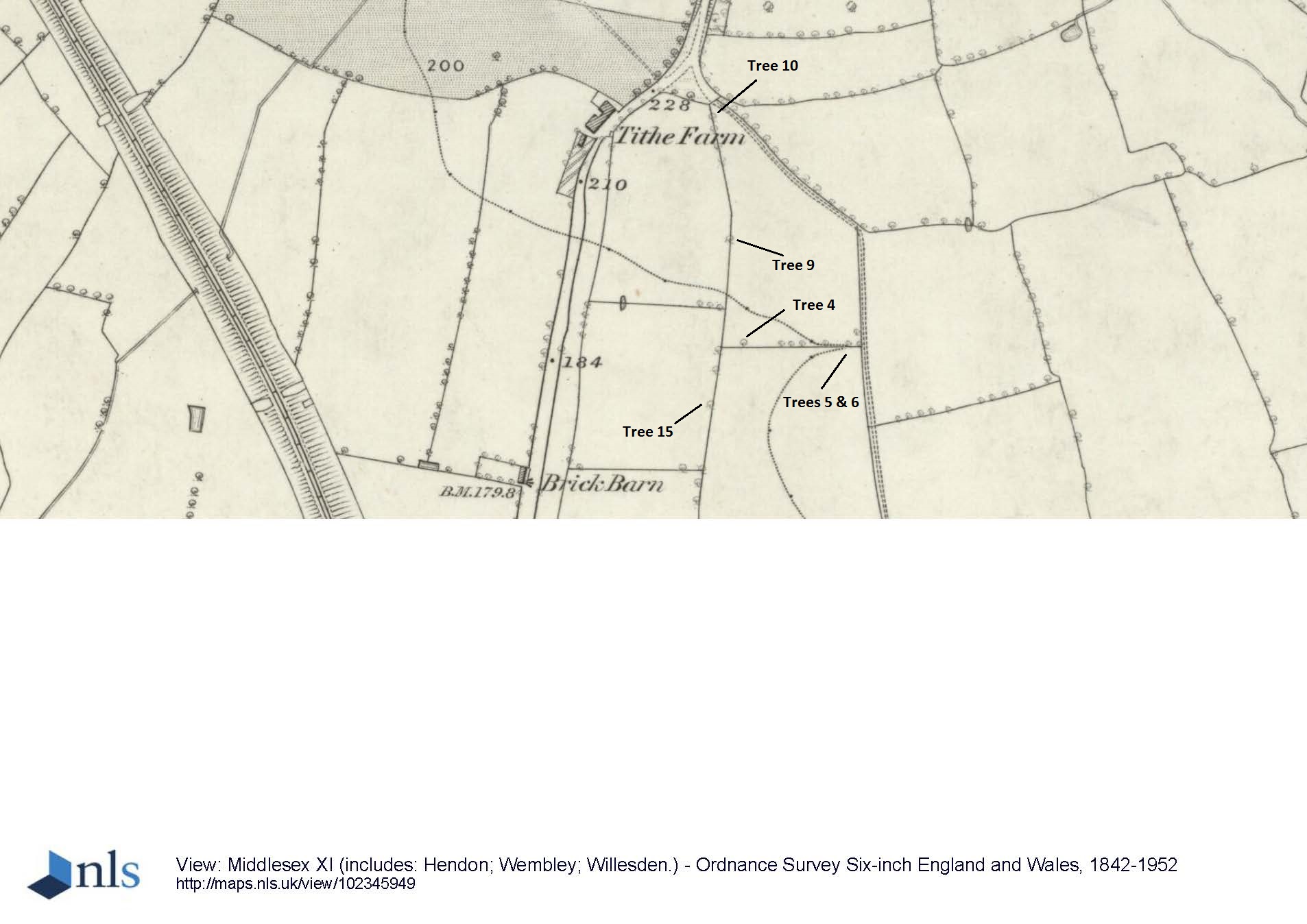
The Woodland Trust seem to think so:
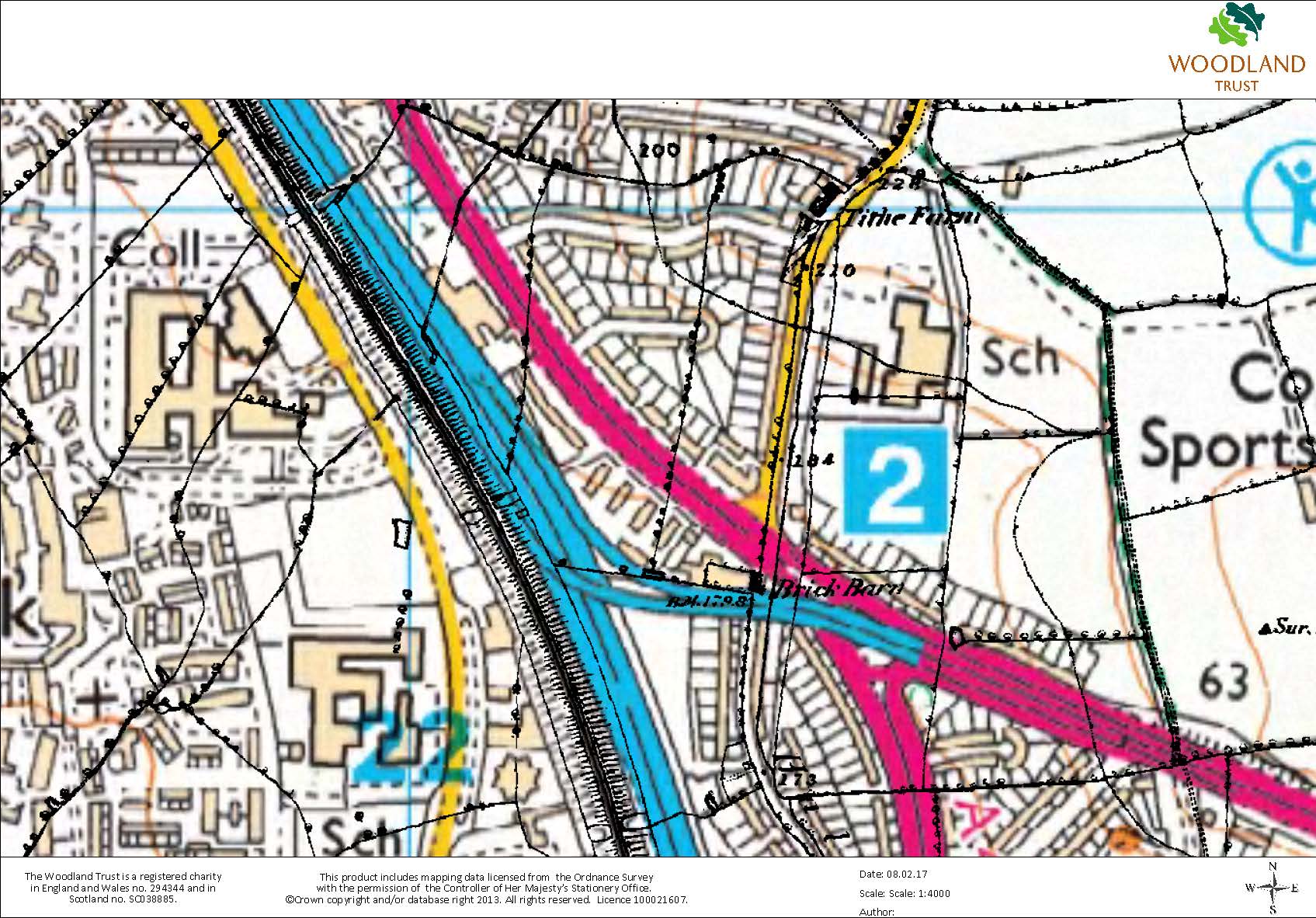
Tree Age formula from Forestry Commission below:
http://www.forestry.gov.uk/pdf/fcin12.pdf/$file/fcin12.pdf
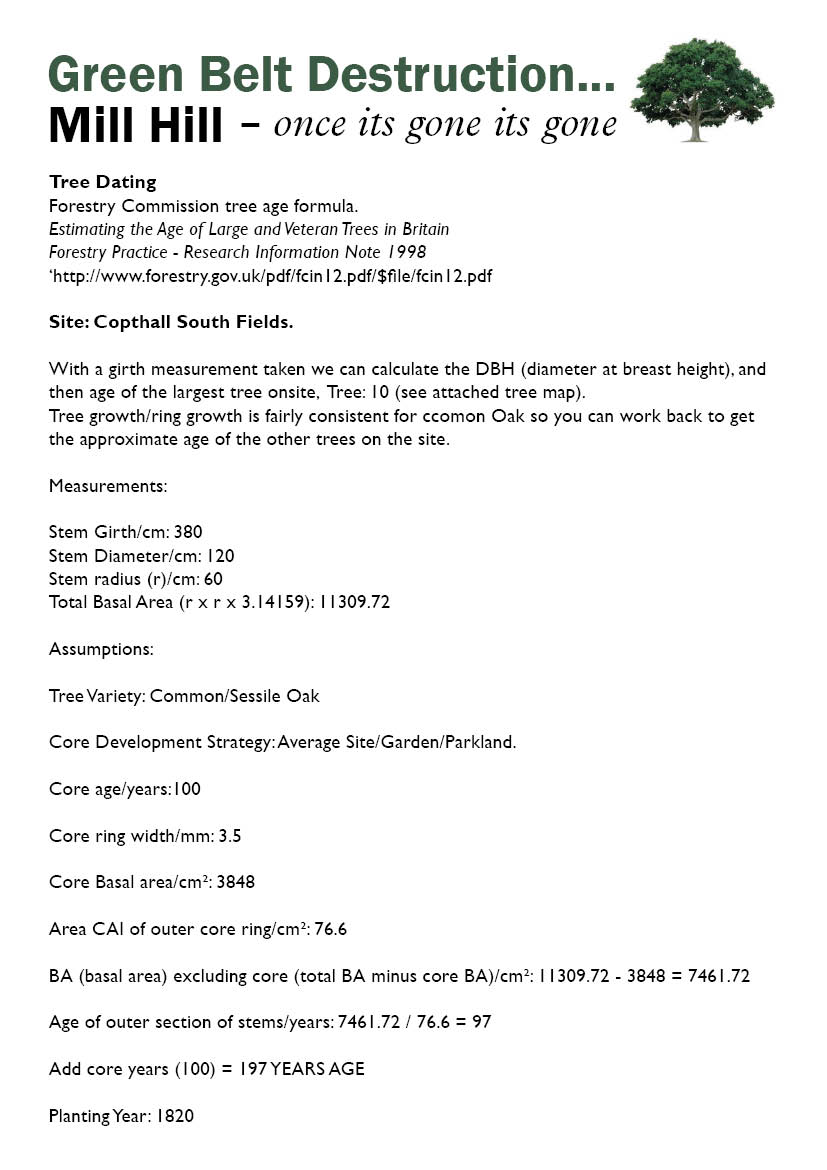
Tree 1: 1550mm dia. The site covered in these smaller but still quite old Oaks.
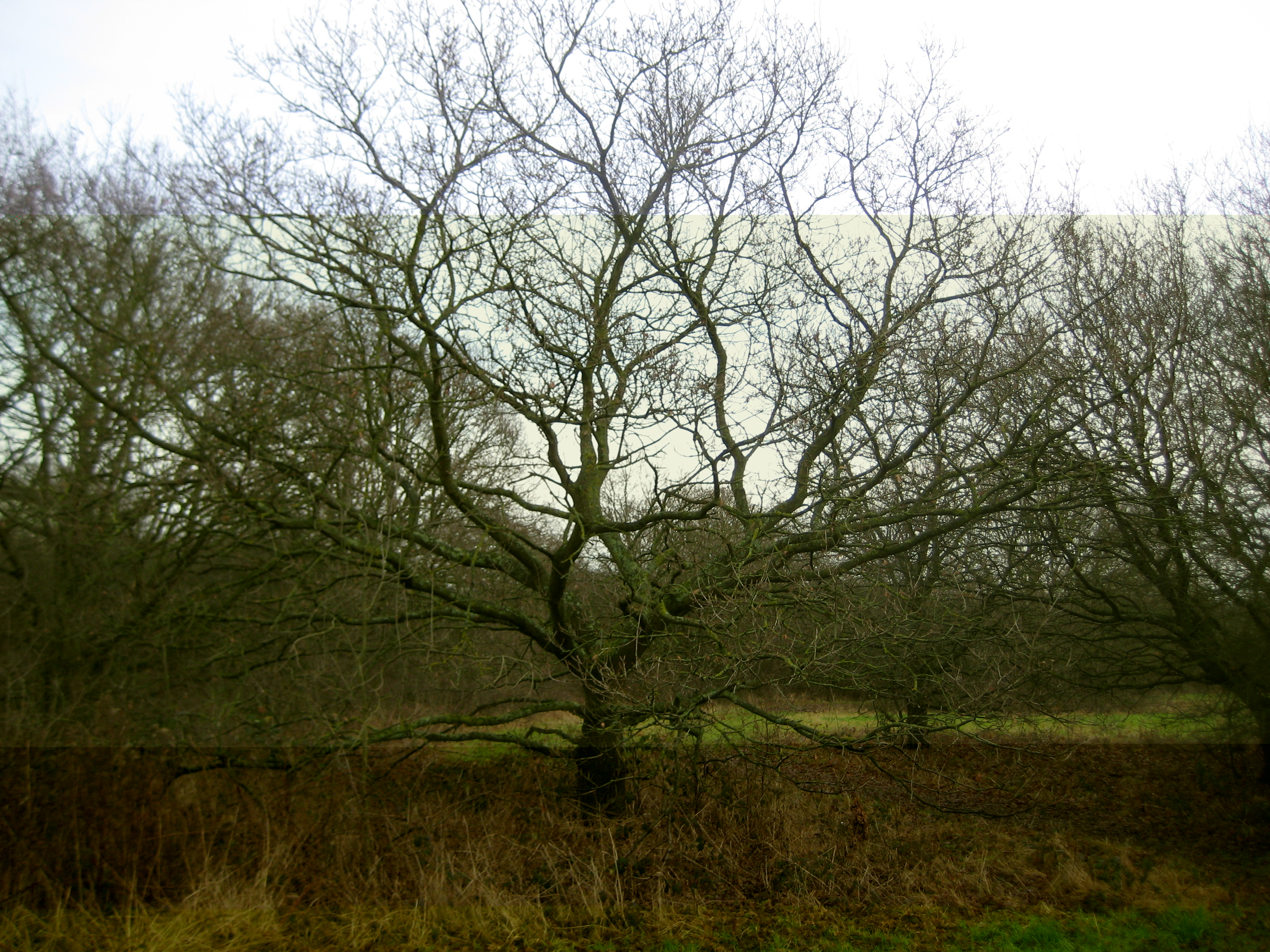
Tree 2: 1800mm dia. Behind all the undergrowth the school has grown, building on Green Belt Land. Here buildings close up to the boundary.
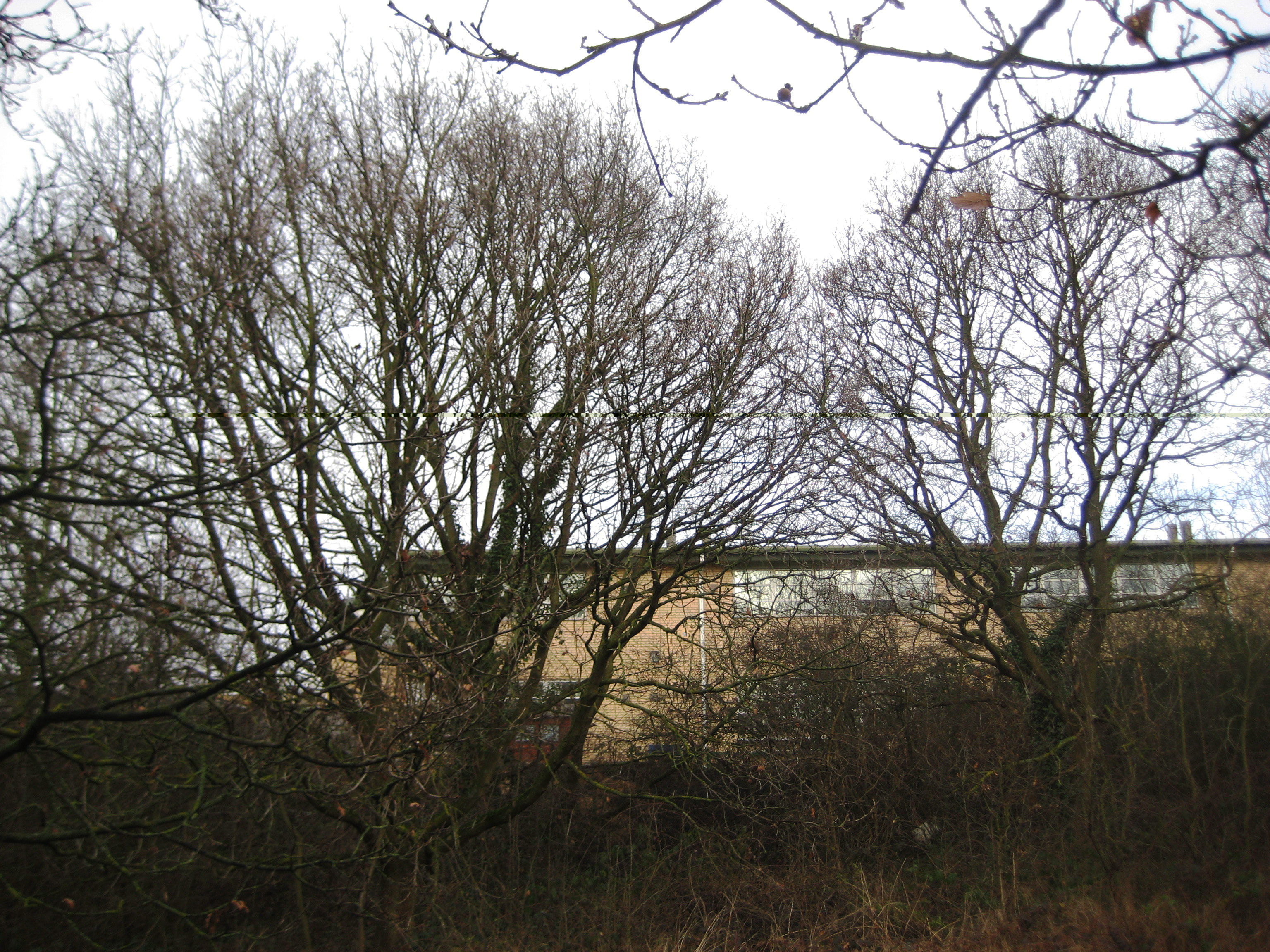
And the recently completed Nursery.
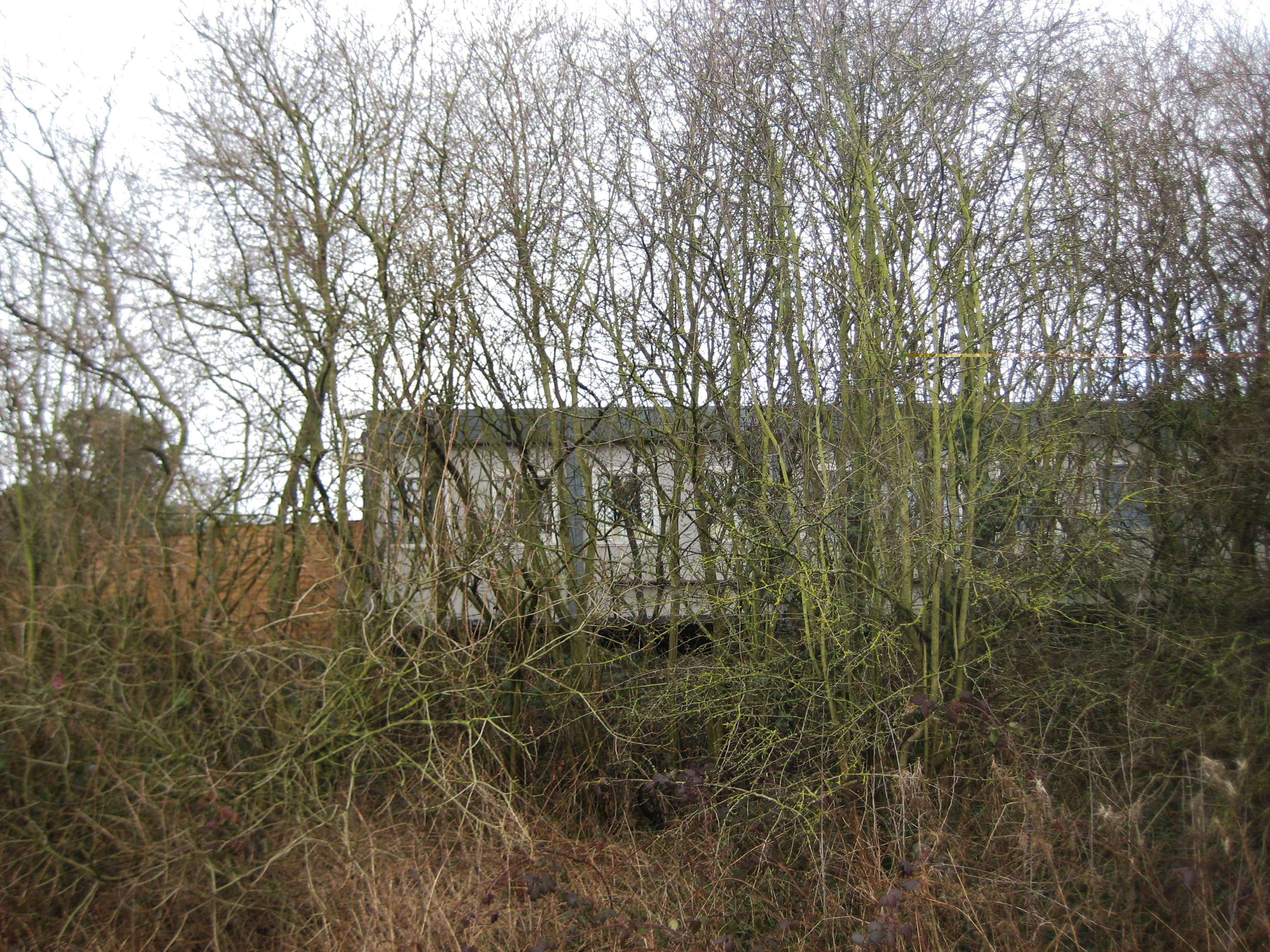
Tree 4: 3000mm dia. A very mature oak.
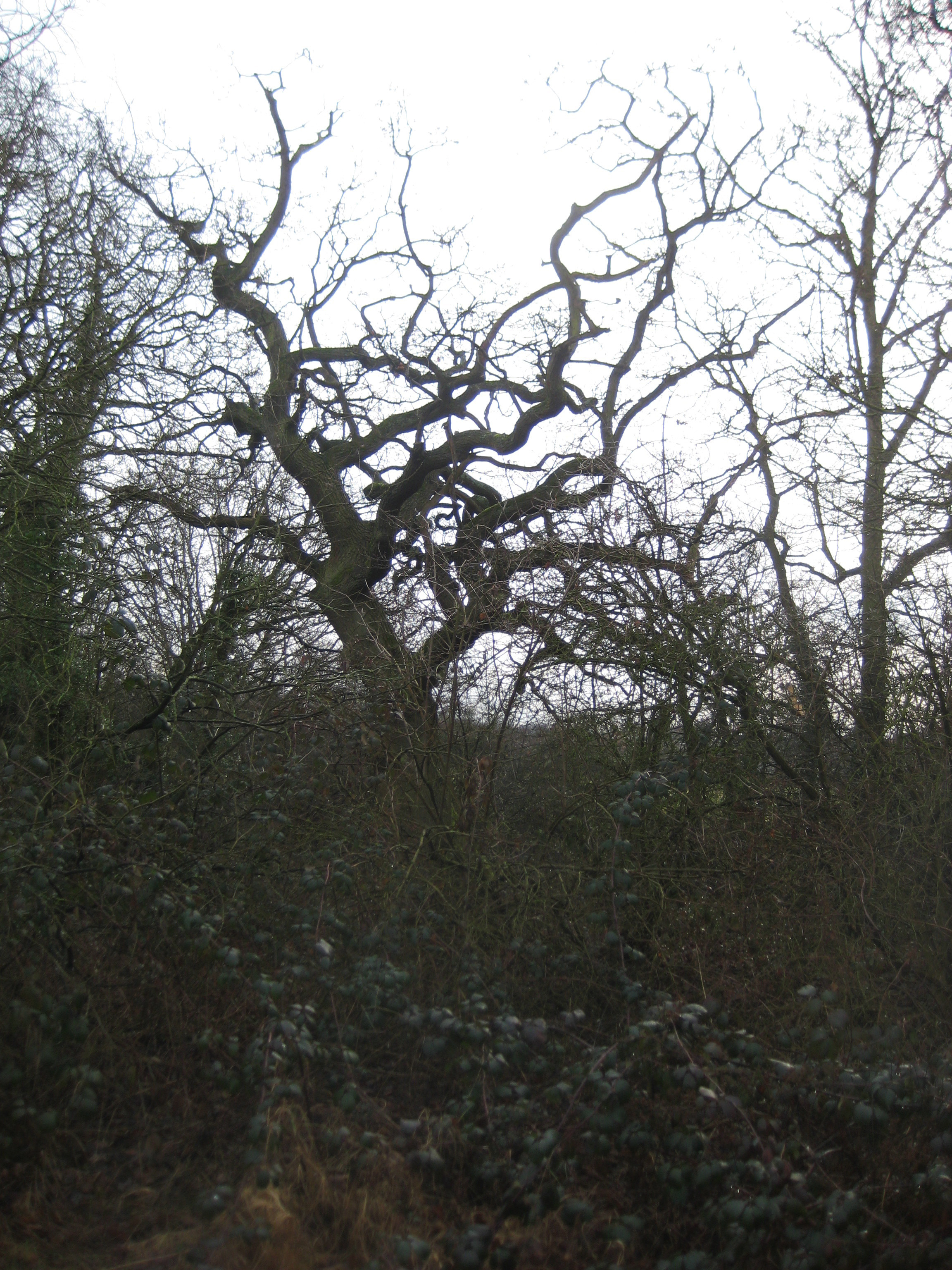
Tree 4: 3000mm dia. A very mature tree, some branches fallen.
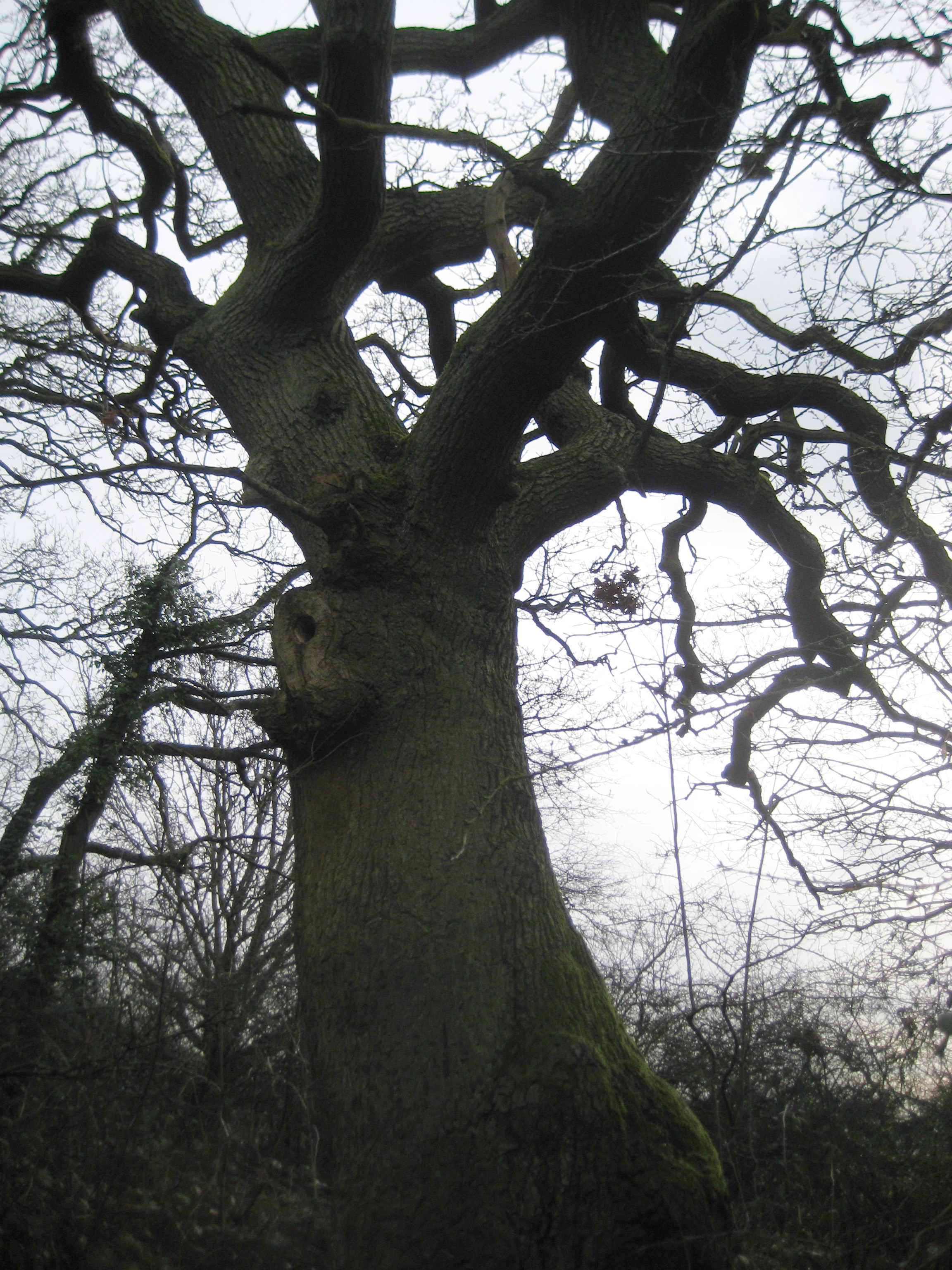
Trees 5 & 6, 2600 & 3700mm dia. Tree 6, on the right is almost 200 years old.
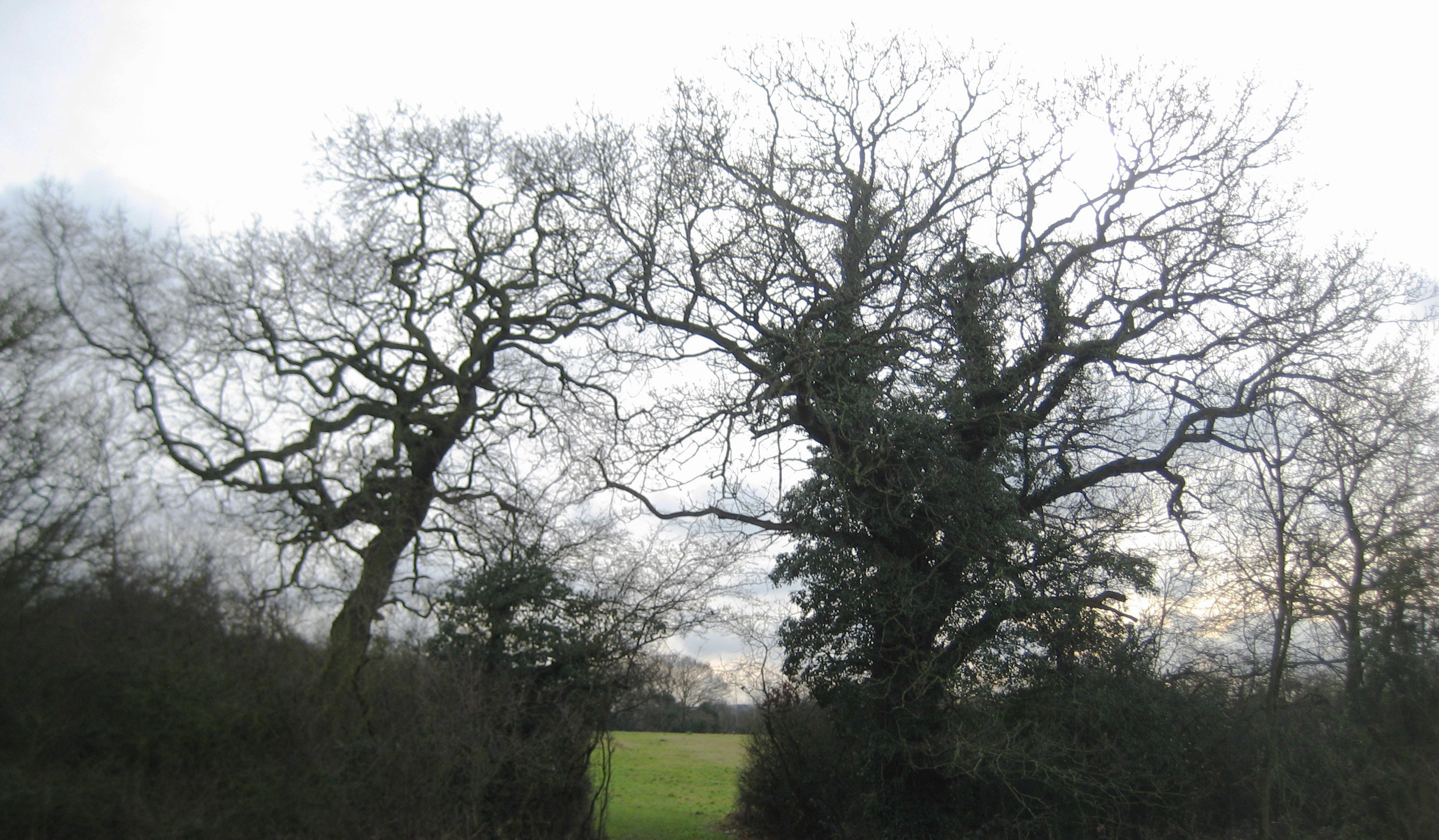
Trees 5 & 6, 2600 & 3700mm dia – glorious ! we should celebrate our habitat – not want to hack it down and concrete over it, as the applicant wants to do.

Tree 6: 3700mm – a living breathing habitat for wildlife.
NW LONDON RSPB GROUP have commented on this application:
“We are aware of records of Whitethroat and Redstart for the area and wintering Scandinavian Thrushes, Fieldfares & Redwings and even Waxwings in eruption years feed on the hedgerow berries.”
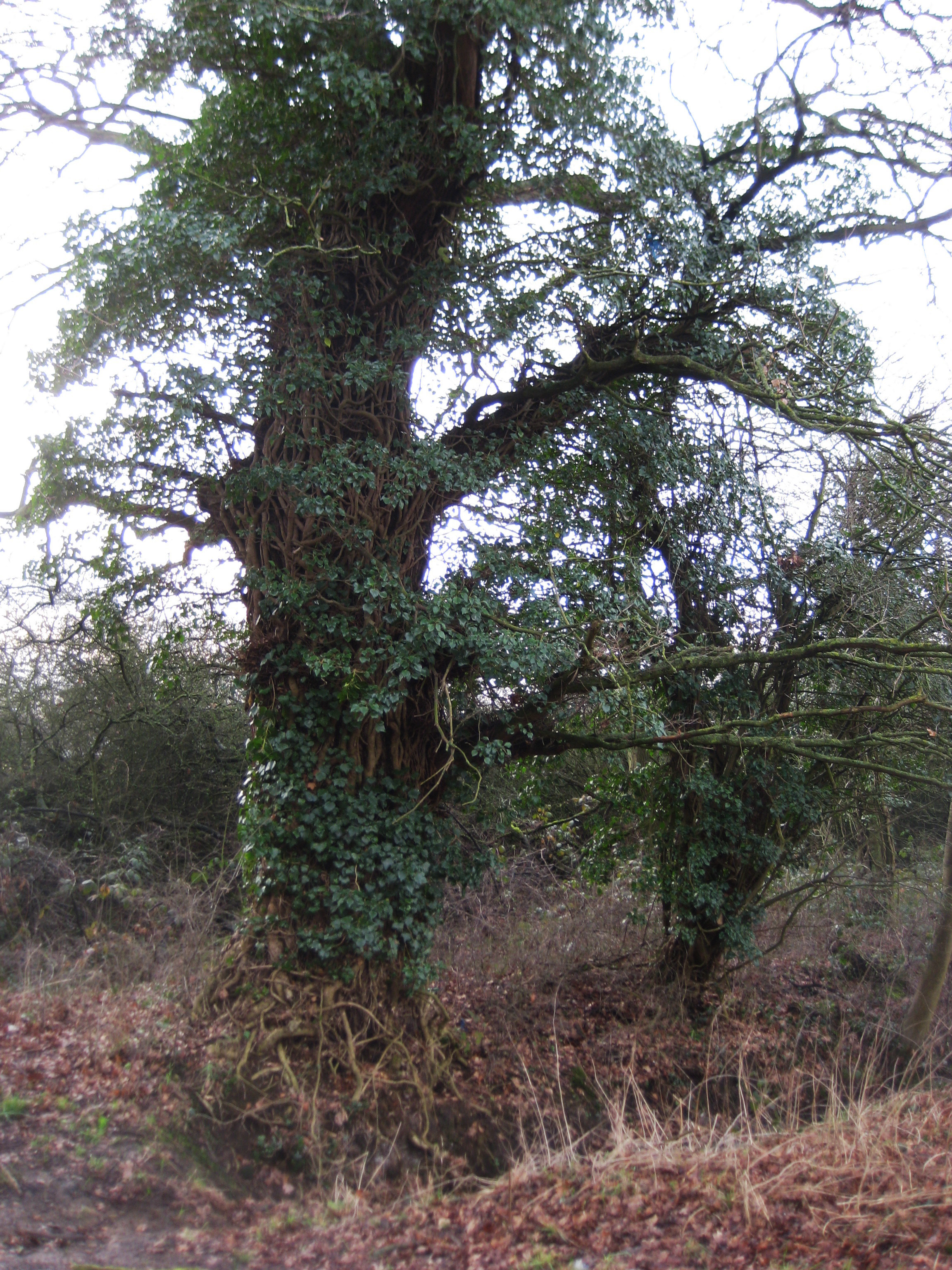
Tree 9: 2700mm. The School has expanded several times, building right up to its boundary at the rear and bottom of the existing site, despite being on Green Belt Land – in view of the 6 acres they wish to acquire around the periphery of the 21 acre site, who is to say that in future years that will not be fenced off and built on, the school will own the land then, so who is to stop them.
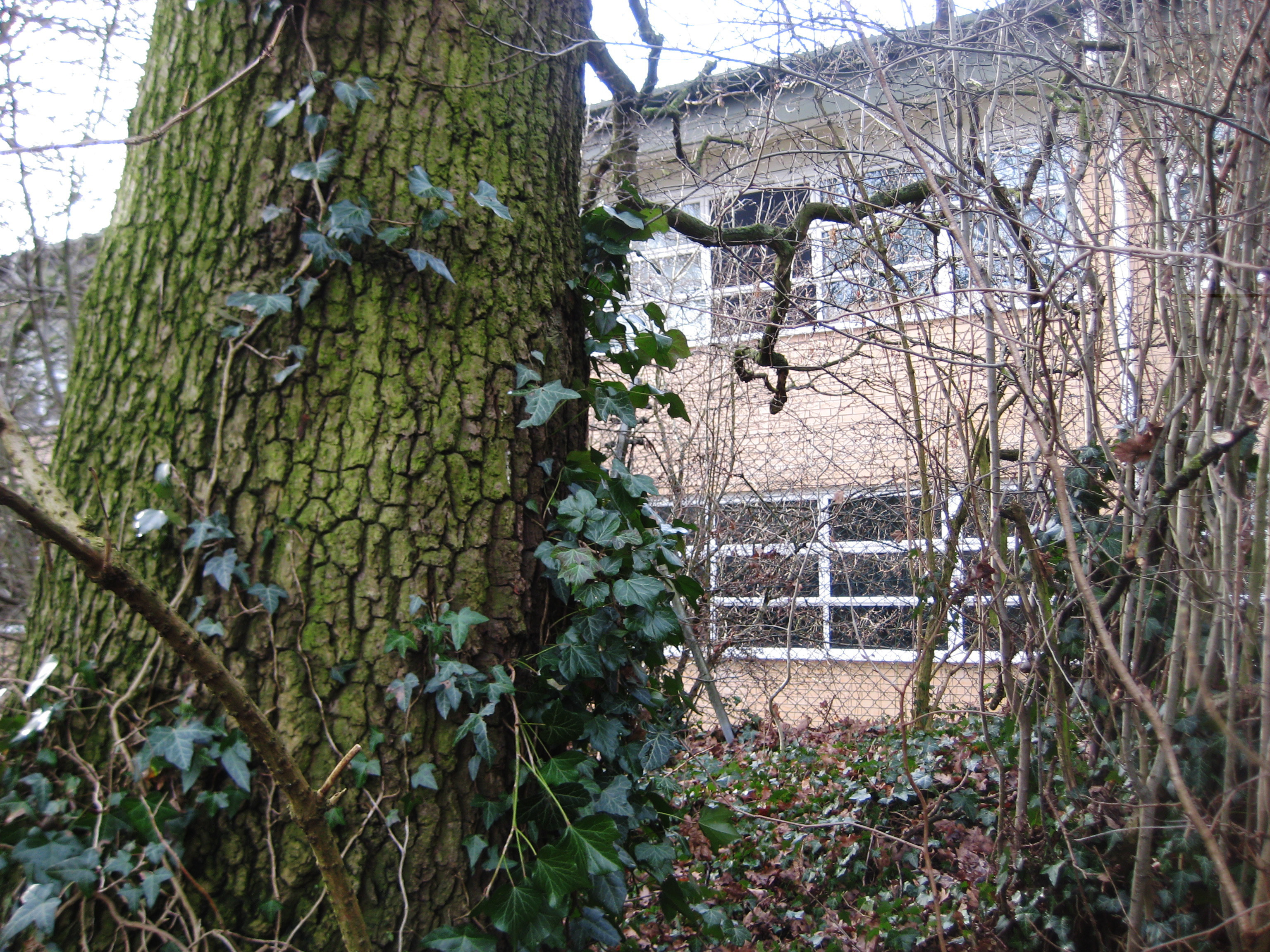
Tree 9. As an educational establishment, does the school not appreciate what they have on their doorstep ?
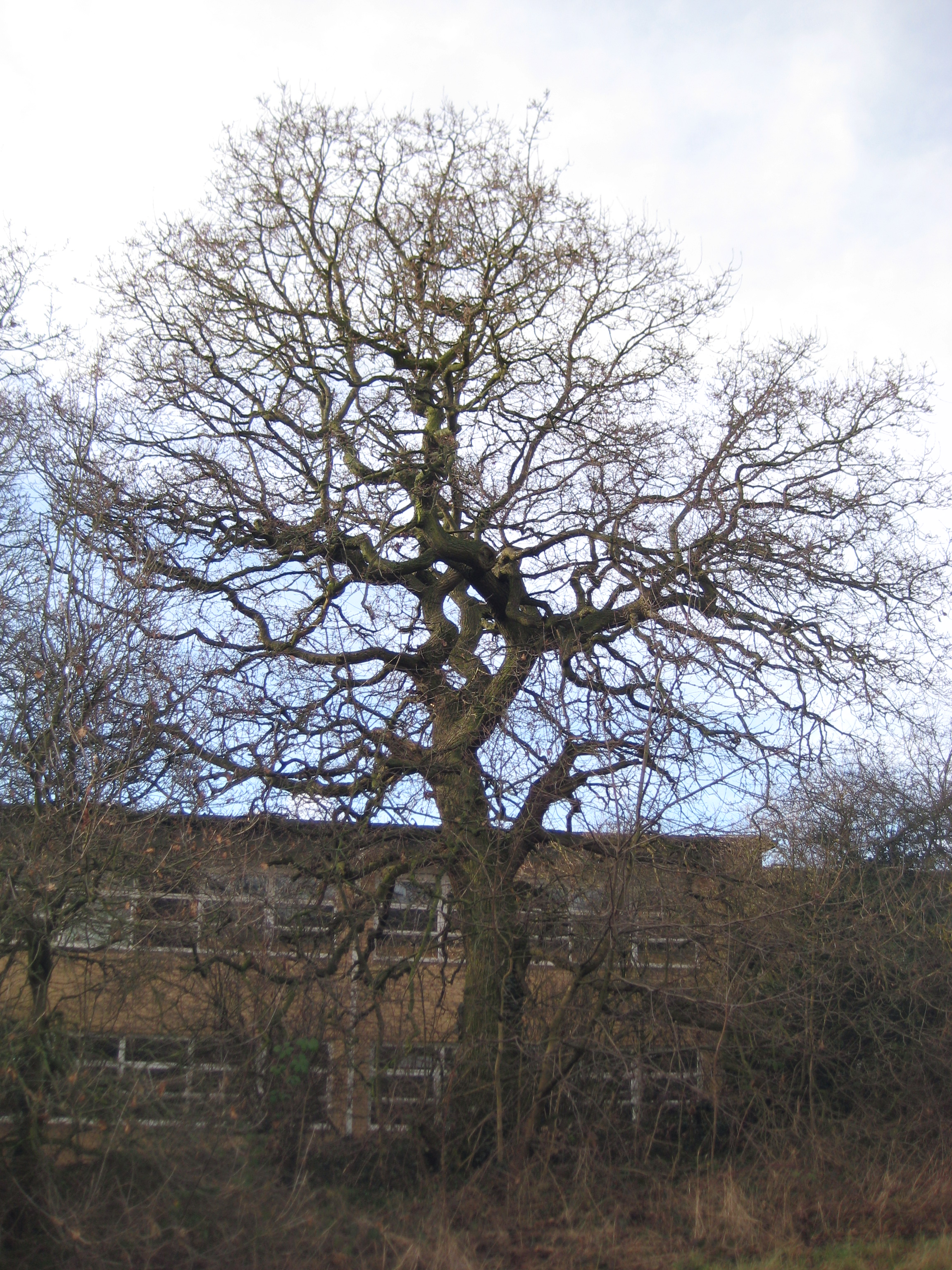
More Conifers and Birch, well on there way to growing into the size of tree they were intended to be.

Tree 10: With a diameter of nearly 4 metres this ancient friend is at least 200 years old.
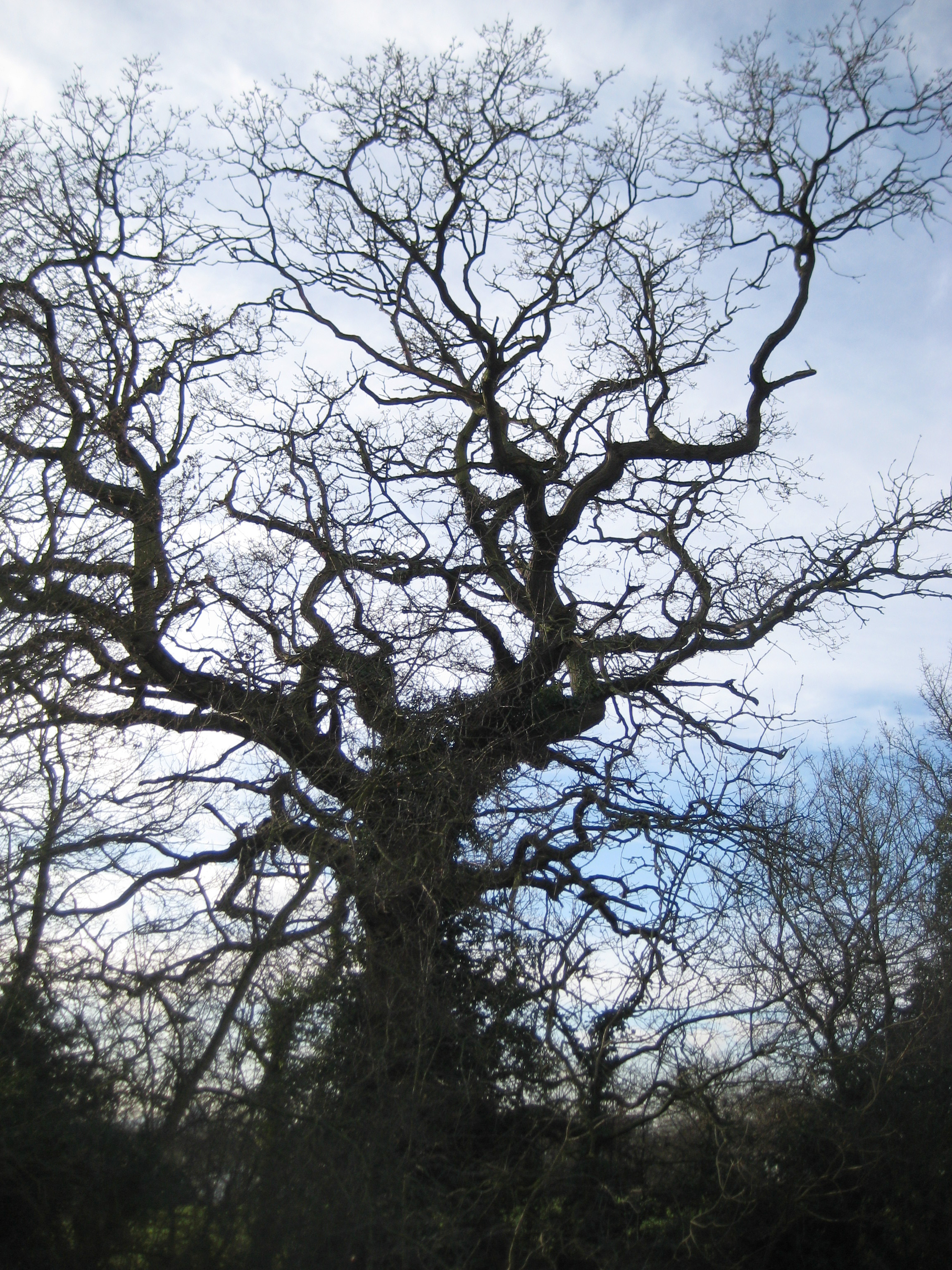
A facebook page with comments can be found here:
https://www.facebook.com/media/set/?set=a.594038474115295.1073741836.578166669035809&type=1&l=499d9c7dec
